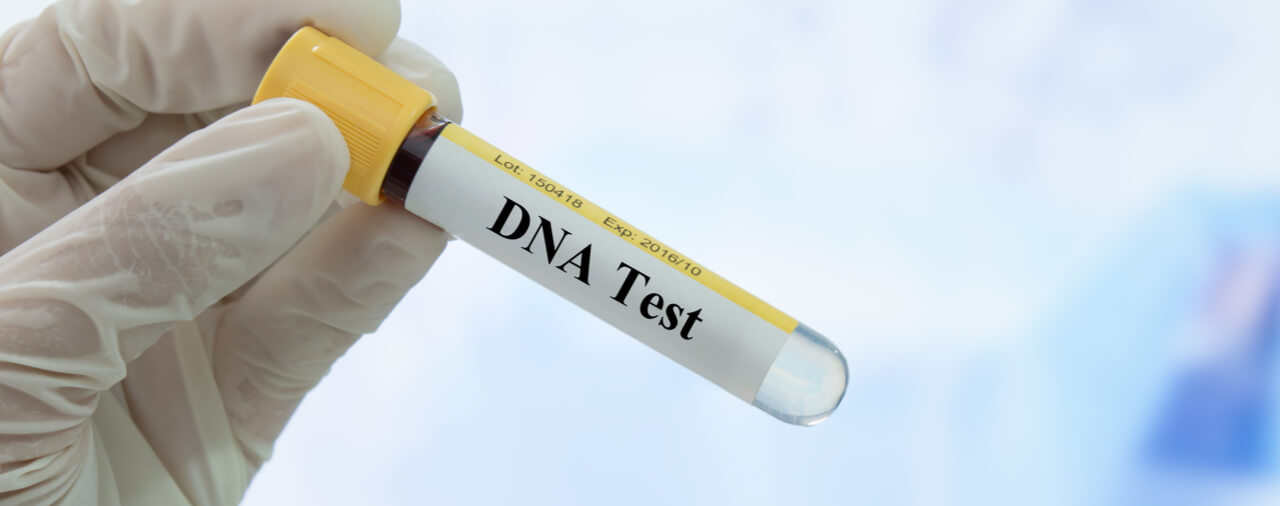- Introduction: Matter of Ruzku
- Facts of the Case and Procedural History
- Relevant Agency Guidance
- BIA Analysis
- BIA Decision
- Conclusion: Matter of Ruzku
Introduction: Matter of Ruzku
On March 29, 2016, the Board of Immigration Appeals (BIA) issued a precedent decision titled the Matter of Ruzku, 26 I&N Dec. 731 (BIA 2016) [PDF version]. Ruzku concerns the evidentiary value of direct sibling-to-sibling DNA test results for determining whether a sibling relationship exists. The Board rejected USCIS’s position that sibling-to-sibling DNA test results could not be considered by USCIS and further held that where such results indicate two people are at least 99.5 percent likely to be siblings, the results should be considered probative evidence of the sibling relationship. In this article, we will examine the facts of the case, the relevant agency guidance, and the Board’s reasoning in coming to its precedent decision.
Facts of the Case and Procedural History
The case concerned the denial of a Form I-130 petition filed by the petitioner (a U.S. citizen) on behalf of his sister in the family fourth preference category (adult brothers and sisters of U.S. citizens).
Win submitting the Form I-130, the petitioner submitted the following evidence with his petition in order to establish that the beneficiary was his sister:
Delayed birth certificates for himself and the beneficiary;
An undated family photograph; and
An affidavit from two persons asserting that they were relatives and had knowledge of the sibling relationship.
The Board noted that the birth certificates, which showed that the petitioner and beneficiary were both born in Eritrea to the same father and mother, “were issued more than 25 years after their births.” Upon finding the evidence insufficient to establish a sibling relationship between the petitioner and the beneficiary, USCIS issued two separate Requests for Evidence.
In order to address the deficiency, the petitioner arranged for sibling-to-sibling DNA testing “with a facility accredited by the AABB.” The results, which the facility provided directly to USCIS, indicated that the probability that the petitioner and beneficiary were full siblings was 99.8114 percent.
Nevertheless, USCIS denied the petition. In so doing, USCIS “afforded no weight” to the DNA test results. The petitioner appealed the denial of the petition to the BIA, citing in part its decision to disregard the sibling-to-sibling DNA test results.
Relevant Agency Guidance and Issues Raised
The Board notes that on October 1, 2014, it requested supplemental briefing from both the petitioner and USCIS. Prior to submitting its supplementary briefs, USCIS issued a policy memorandum titled “DNA Evidence of Sibling Relationships for Service Centers, Domestic and International Field Offices,” PM-602-0106 (Oct. 17, 2014) [PDF version].
Quoting from the memo, the Board noted that USCIS took the position that it “may not afford any evidentiary weight” to sibling-to-sibling DNA test results. However, it noted that the memorandum allowed for the consideration of parent-child DNA test results “for each claimed sibling with a claimed common parent” as evidence to establish a sibling relationship. The memorandum cited a 2008 USCIS memo [PDF version]1 which set the probability threshold for considering DNA evidence of a parent-child relationship at 99.5 percent.
In its supplementary briefing to the Board, USCIS cited its memorandum and stated that direct sibling-to-sibling DNA testing is not “sufficiently reliable” to establish a sibling relationship. It cited to the memo in arguing that such tests could not be considered because “there is no universally accepted standard for relationship probability in sibling-to-sibling DNA testing.” The Board noted, however, that USCIS cited no published sources to support its conclusion.
The petitioner and amicus curiae asked the Board “to accord probative value to direct sibling-to-sibling DNA test results where such results reflect the scientific community’s accepted level of certainty of 99.5 percent or higher.” In so doing, the petitioner cited published scientific studies. Additionally, the petitioner argued that sibling-to-sibling test results reflecting a slightly lower level of certainty should be considered in combination with other evidence.
BIA Analysis
At question was whether sibling-to-sibling DNA test results have “probative value.” The Board explained that “[i]n order to be probative, evidence must tend to prove or disprove an issue that is material to the determination of the case.”
First, the Board rejected USCIS’s position that the lack of a “particular statistical probability that conclusively proves a sibling relationship” shows that such testing is inherently unreliable and should be “completely excluded from consideration.” The Board noted that the affidavit from a DNA expert asserted that the mathematical and statistical methods used to evaluate different kinships in DNA testing are “reliable and uniform throughout the industry” while noting that the “determination of the statistical probability that is convincing of a non-parentage relationship” has not been established.
The Board noted USCIS’s concern that sibling-to-sibling test results could run the risk of “false positives” where there is an actual sibling relationship but the level of probability reflected by the result is lower than 99.5 percent. The Board acknowledged the position but stated that it believed USCIS’s policy that sibling-to-sibling test results could not be considered at all was “overly broad.”
The Board analogized the issue at hand to the evidentiary weight afforded to birth certificates. In general, under 8 C.F.R. 204.2(d)(2), a birth certificate issued “at or near the time of birth” is generally considered to be probative evidence of a parent-child relationship. However, the Board’s decision in the Matter of Bueno, 21 I&N Dec. 1029, 1033 (BIA 1997) [PDF version] stated that such birth certificates “must be evaluated in light of the other evidence of record and circumstances of the case.” It noted that USCIS does not categorically decline to consider timely filed birth certificates merely because of the risk that some petitioners may submit fraudulent birth certificates.
BIA Decision
The Board concluded that while sibling-to-sibling testing is different from parent-child testing, it was convinced that “sibling-to-sibling DNA test results reflecting a degree of certainty of 99.5 percent or higher should be afforded some evidentiary value.” Furthermore, it concluded that “when an AABB-accredited facility has determined, from direct sibling-to-sibling DNA testing of full siblings, that a 99.5 percent or greater probability of a sibling relationship exists, the test results should be accepted and considered to be probative evidence of the claimed relationship.” However, the Board was careful to note that such test results are not alone sufficient to establish a sibling relationship, but rather must be considered along with all of the other evidence in its totality. The weight accorded to sibling-to-sibling DNA test results “will depend on the degree of certainty that is reflected in those results.”
Accordingly, the Board remanded the record to USCIS for further proceedings.
Conclusion: Matter of Ruzku
The Board’s decision in the Matter of Ruzku reverses USCIS’s policy of categorically not considering sibling-to-sibling DNA testing. It is important to note that DNA testing is not required in order for a petition to be approved (see PM-602-0106). Accordingly, a DNA test by itself does not necessarily establish a sibling relationship. However, in cases such as the one in question in the Matter of Ruzku, sibling-to-sibling DNA test results from an AABB-accredited facility may go a long way toward establishing a sibling relationship. A U.S. citizen filing a petition for an alien sibling should consult with an experienced immigration attorney for assistance in each step of the petitioning process, including an assessment of whether undergoing DNA testing is advisable given the available evidence.





